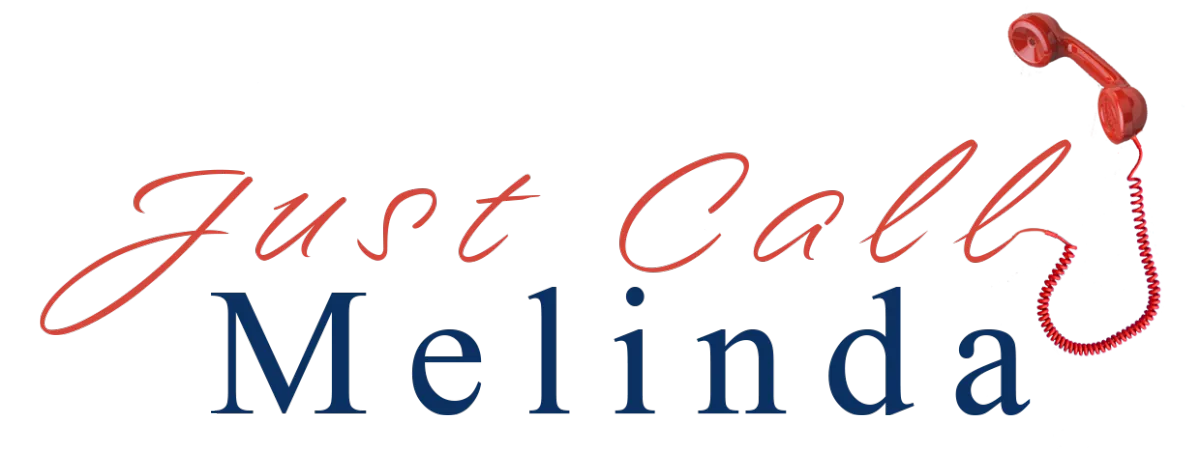INSIDE YOUR FERS BENEFITS

Understanding the Thrift Savings Plan (TSP) and Upcoming Roth Transfer Options
"Many focus on minimizing taxes today, but the real challenge lies in understanding how your income will be taxed in retirement—especially under the FERS system. Planning as soon as possible, regardless of how many years of service, ensures you keep more of your hard-earned money when it matters most... in retirement." – Melinda S. Chase
What Is the Thrift Savings Plan (TSP)?
The TSP is a defined contribution plan similar to a 401(k) in the private sector. It allows federal employees and service members to save for retirement with tax advantages and low administrative costs. Participants can choose to contribute to traditional (pre-tax) accounts, Roth (after-tax) accounts, or both, depending on their retirement planning strategies.
Traditional vs. Roth Contributions
Traditional (Pre-Tax) Contributions: These contributions are deducted from your paycheck before federal taxes, reducing your taxable income for the year. Taxes are paid upon withdrawal during retirement.
Roth (After-Tax) Contributions: These contributions are made after federal taxes have been withheld. While there's no immediate tax benefit, qualified withdrawals during retirement are tax-free.

Upcoming In-Plan Roth Transfer Option
Starting in 2026, the TSP will allow participants to transfer funds from their traditional accounts to Roth accounts within the plan. This in-plan Roth transfer means paying taxes on the transferred amount in the year of the transfer, but future qualified withdrawals from the Roth account will be tax-free.
Benefits of In-Plan Roth Transfers
Tax-Free Withdrawals: Once funds are in the Roth account, qualified withdrawals during retirement are tax-free, providing potential tax savings in the future.
Tax Diversification: Having both traditional and Roth funds can offer flexibility in managing taxable income during retirement.
No Income Limits: Unlike Roth IRAs, the TSP does not have income limits for contributions or conversions, making this option available to all participants.
Considerations Before Making a Transfer
Immediate Tax Liability: Transferring funds from a traditional to a Roth account will increase your taxable income for the year, potentially moving you into a higher tax bracket.
Timing: It's essential to consider your current and expected future tax rates to determine if an in-plan Roth transfer is advantageous.
Financial Planning: Consulting with a financial advisor can help assess whether this strategy aligns with your retirement goals and financial situation.
How to Prepare for the Upcoming Change
Stay Informed: Keep an eye on official TSP communications for detailed guidelines and procedures as the implementation date approaches.
Evaluate Your Current TSP Allocations: Review your current contributions and investment choices to determine if adjustments are needed in anticipation of the new transfer option.
Consult a FERS Benefit & Retirement Consultant: Seek professional advice, like from The Benefit Coordinators or Just Call Melinda, to better understand the implications and benefits specific to your financial situation.
Conclusion
The introduction of the in-plan Roth transfer option in the TSP provides federal employees and service members with additional flexibility in retirement planning. By understanding the differences between traditional and Roth contributions and carefully considering the tax implications, participants can make informed decisions that align with their long-term financial goals.

